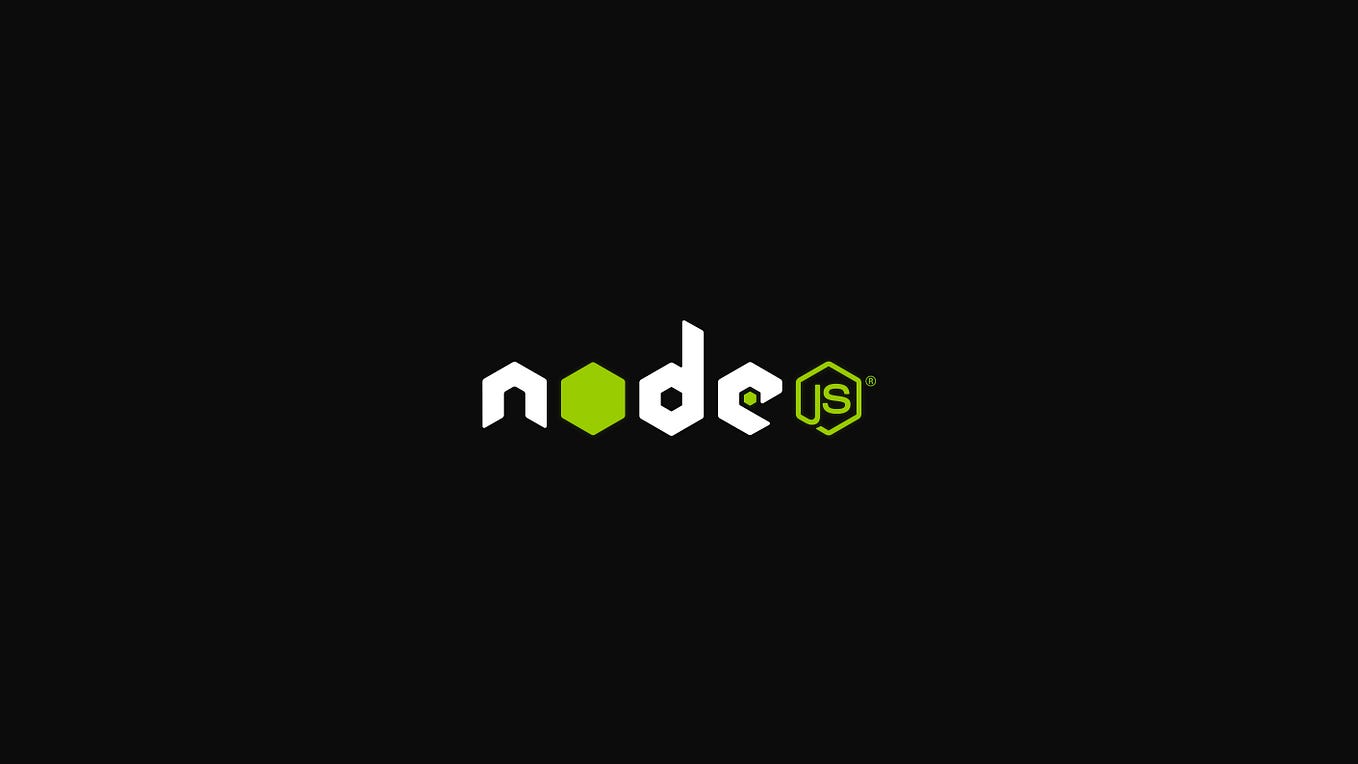Logging and Debugging in Node.js
 Anuj Kumar Upadhyay
Anuj Kumar Upadhyay
Effective logging and debugging are crucial aspects of developing and maintaining robust Node.js applications.
Logging provides insights into the application's behavior and performance, while debugging helps identify and resolve issues. This session will cover an introduction to logging in Node.js, setting up a logging framework like Winston, debugging Node.js applications, and best practices for error handling and logging.
Introduction to Logging in Node.js
Logging is the practice of recording application events, such as errors, warnings, informational messages, and debugging data. It helps developers monitor the application's state, track down issues, and understand user interactions.
Types of Logs
Error Logs: Capture errors and exceptions that occur during the application's execution. These logs are crucial for identifying and diagnosing issues.
Warning Logs: Indicate potential issues that may not immediately affect the application but could lead to problems if left unaddressed.
Info Logs: Provide general information about the application's flow, such as startup messages, user actions, or system status updates.
Debug Logs: Detailed logs intended for developers, containing in-depth information useful during development and debugging.
Trace Logs: The most detailed level of logging, providing a granular view of the application's execution flow.
Setting Up a Logging Framework (e.g., Winston)
Winston is a versatile logging library for Node.js that supports multiple transports (ways to store logs), log levels, and formatting options. It allows you to log to various destinations like files, databases, or external services.
Installing Winston
To use Winston, install it via npm:
npm install winston
Configuring Winston
Basic Setup:
const winston = require('winston'); const logger = winston.createLogger({ level: 'info', format: winston.format.combine( winston.format.colorize(), winston.format.timestamp(), winston.format.printf(({ timestamp, level, message }) => { return `${timestamp} [${level}]: ${message}`; }) ), transports: [ new winston.transports.Console(), new winston.transports.File({ filename: 'combined.log' }), new winston.transports.File({ filename: 'errors.log', level: 'error' }) ], }); logger.info('This is an info message'); logger.error('This is an error message');Explanation:
level: The minimum level of messages to log (e.g., 'info', 'warn', 'error').
format: Defines how log messages are formatted. In this example, logs are colorized, timestamped, and custom-formatted.
transports: Specifies where to send the log messages. The example above logs to the console and two files (
combined.logfor all logs anderrors.logfor error logs).
Advanced Configuration:
Winston supports advanced features like custom transports, different logging levels for different transports, and more. For example:
const logger = winston.createLogger({ level: 'debug', // Default logging level transports: [ new winston.transports.Console({ level: 'info' }), // Console only logs info and above new winston.transports.File({ filename: 'debug.log', level: 'debug' }), // File logs debug and above new winston.transports.Http({ level: 'warn', format: winston.format.json(), host: 'log-server.example.com', path: '/log' }) // Send warning and above logs to an HTTP server ], });
Debugging Node.js Applications
Debugging is the process of identifying and fixing bugs or issues in the code. Node.js offers several tools and techniques for effective debugging.
Using the Built-In Debugger
Node.js has a built-in debugger that can be accessed by running a script with the inspect flag:
node inspect app.js
Common commands in the Node.js debugger:
contorc: Continue execution.nextorn: Step to the next line of code.stepors: Step into a function.outoro: Step out of the current function.listorl: List the source code around the current line.repl: Enter a REPL mode to execute arbitrary code.
Using Debugging Tools
Node.js Inspector: A more powerful debugging tool integrated with Chrome DevTools. Start your application with:
node --inspect app.jsThen, open
chrome://inspectin Google Chrome, click "Open dedicated DevTools for Node," and you can use the Chrome DevTools to set breakpoints, inspect variables, and step through code.VSCode Debugger: Visual Studio Code offers a built-in debugger for Node.js. You can set breakpoints, inspect variables, and more directly within the editor. Configure the debugger by creating a
launch.jsonfile in the.vscodedirectory of your project.
Best Practices for Error Handling and Logging
Consistent Logging Levels: Use consistent logging levels (e.g., error, warn, info, debug) across your application to standardize the importance of logs.
Log Structured Data: Whenever possible, log structured data (e.g., JSON) rather than plain text. This makes it easier to parse and analyze logs.
Sensitive Data: Avoid logging sensitive information (e.g., passwords, personal data) to prevent data breaches.
Error Handling: Use try-catch blocks to handle exceptions gracefully. Log errors with sufficient context to understand the issue.
try { // Some code that might throw an error } catch (error) { logger.error('An error occurred:', error); }Centralized Logging: In production environments, centralize logs using services like ELK Stack (Elasticsearch, Logstash, Kibana), Splunk, or a cloud-based solution. This helps in monitoring, alerting, and analyzing logs.
Monitor Log Volume: Excessive logging can slow down your application and overwhelm storage. Monitor log volume and adjust logging levels as necessary.
Use Correlation IDs: For distributed systems, use correlation IDs to trace requests across different services. Include the correlation ID in logs to easily trace the flow of a single request through various services.
Health Monitoring: Implement health checks and log the system's health status. Use tools like Prometheus or Grafana to monitor the application's health and performance metrics.
Real-Time Error Reporting: Use tools like Sentry or Rollbar to capture and report errors in real time. These tools provide detailed error reports and alerts, helping you quickly address issues.
Conclusion
Logging and debugging are essential components of maintaining a healthy and stable Node.js application. By implementing robust logging strategies with tools like Winston, effectively debugging with Node.js tools, and following best practices for error handling and logging, you can ensure your application is reliable, maintainable, and easy to troubleshoot.
In the next post, we'll dive into Testing Node.js Applications. Stay tuned for more insights!
Subscribe to my newsletter
Read articles from Anuj Kumar Upadhyay directly inside your inbox. Subscribe to the newsletter, and don't miss out.
Written by

Anuj Kumar Upadhyay
Anuj Kumar Upadhyay
I am a developer from India. I am passionate to contribute to the tech community through my writing. Currently i am in my Graduation in Computer Application.